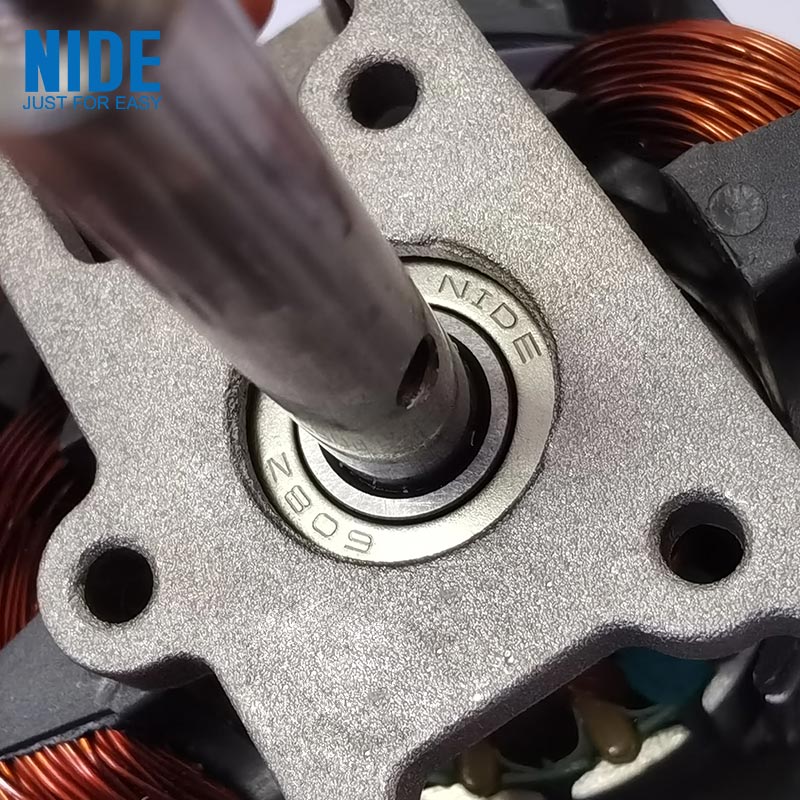What are the different types of ball bearings?
2024-10-07

What are the different types of ball bearings?
There are several types of ball bearings available in the market today. Here are some of them:1. Deep groove ball bearings
2. Angular contact ball bearings
3. Self-aligning ball bearings
4. Thrust ball bearings
5. Miniature ball bearings
6. Stainless steel ball bearings
7. Ceramic ball bearings
8. Magnetic ball bearings
What are the applications of ball bearings?
1. Automobiles
2. Power tools
3. Medical equipment
4. Industrial machines
5. Aerospace technology
6. Robotics
7. Consumer electronics
Conclusion
With their low friction, high precision, and durability, ball bearings play a crucial role in keeping various machinery and equipment running smoothly. With different types of ball bearings available in the market, users can select the ones that best suit their specific needs, be it the size or the load capacity. At Ningbo Haishu Nide International Co., Ltd., we specialize in producing high-quality ball bearings and other motor components. With a focus on customer satisfaction, we have been able to build a solid reputation in the market. For more information about our products and services, please visit our website at https://www.motor-component.com. For any marketing inquiries, please contact us at marketing4@nide-group.com.References
1. Houpert, J. (2018). Ball bearings. Mechanical Engineering, 140(4), 22-27.
2. Timken Company. (2019). Ball bearings: for automotive, industrial, and aerospace applications. Retrieved from https://www.timken.com/products/ball-bearings/
3. Kottke, P. A. (2016). Ceramic ball bearings. Tribology & Lubrication Technology, 72(11), 14-17.
4. Nakanishi, Y., & Miyatake, M. (2020). Magnetic Bearing Technologies for High Precision Control. Journal of Robotics and Mechatronics, 32(4), 609-620.
5. Teng, H., Zhu, Y., & Tu, Q. (2017). Research and experiment on the application of intelligent ball bearings in rockets. Journal of Vibration and Shock, 36(21), 125-131.
6. Zhang, Y., et al. (2019). Study on the Wear Characteristics of Hybrid Ceramic Ball Bearings. Materials Research, 22(3), 1-8.
7. Rodrigues, R., et al. (2018). Development of an Automated Defect Detection System for Ball Bearings. Procedia CIRP, 71, 254-259.
8. Yildirim, H., & Arslan, T. (2017). Use of Artificial Neural Network in Predictive Monitoring of Ball Bearings. Journal of the Faculty of Engineering and Architecture of Gazi University, 32(2), 357-368.
9. Wang, W., & Feng, J. (2021). The effect of ball bearing cage configuration on vibration and acoustic emission signals during the initial running period. Measurement, 169, 108270.
10. Lin, J., et al. (2019). Vibration Characteristics Analysis of Rotor-bearing System with Nonlinear Ball Bearings. Journal of Vibroengineering, 21(1), 147-157.

